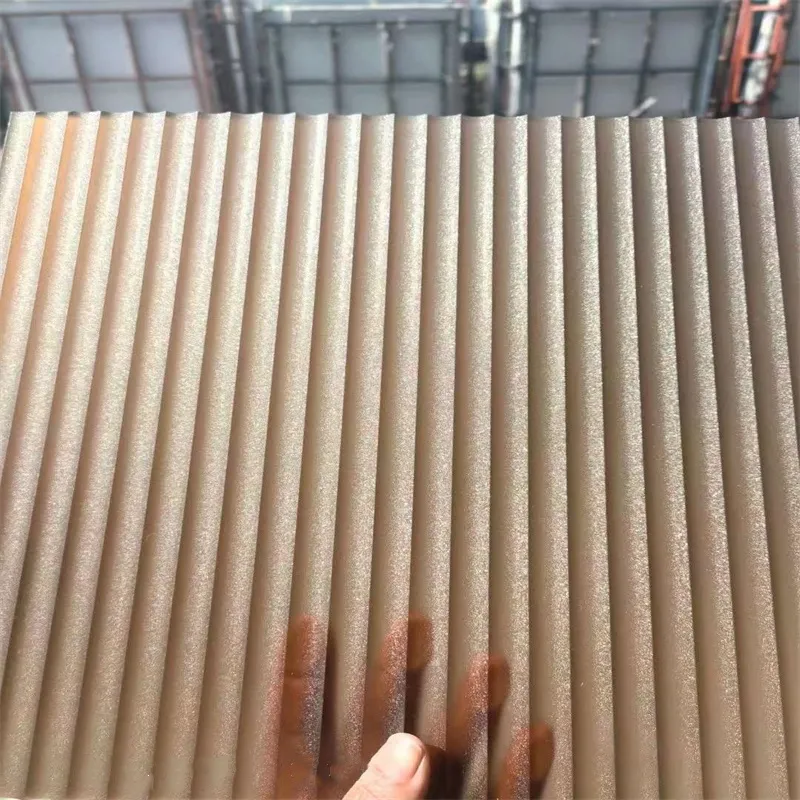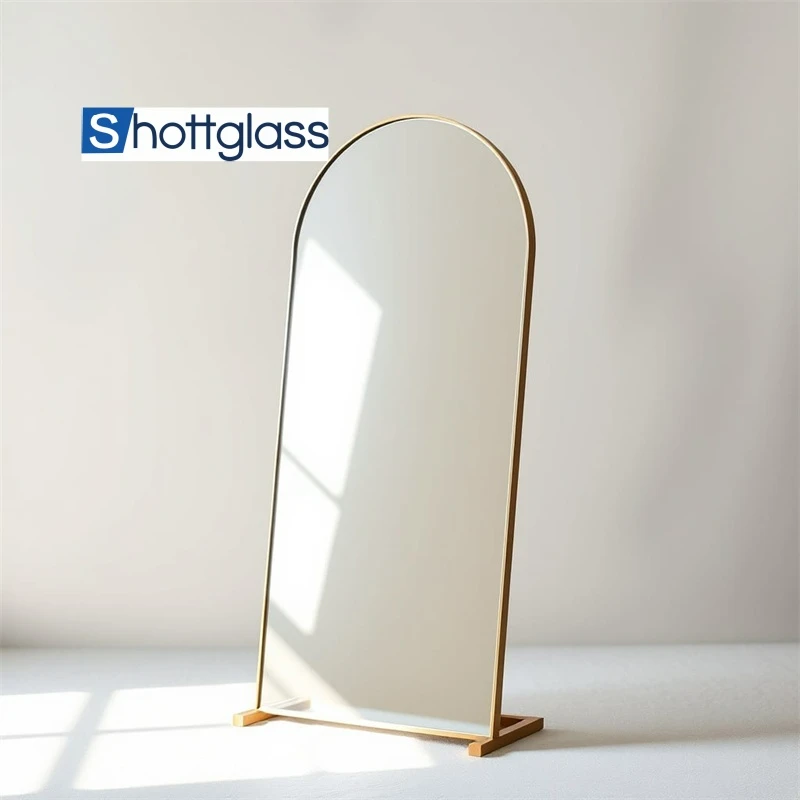Sep . 03, 2024 02:24 Back to list
reflective glass facade
The Allure of Reflective Glass Facades
In contemporary architecture, the use of reflective glass facades is becoming increasingly popular for its aesthetic and functional qualities. These facades, which consist of large glass panels that not only serve as walls but also as mirrors, create a unique relationship between structures and their surroundings, transforming urban landscapes into visually dynamic environments.
Reflective glass is characterized by a thin metallic coating that enhances its reflective properties. This allows buildings to reflect the sky, neighboring architecture, and even the bustling activity of city life. The shimmering surfaces can be particularly stunning during sunrise and sunset when the light plays off the glass, producing a spectacular array of colors. This dynamic reflection helps buildings blend with the environment, reducing the starkness often associated with modern urban structures.
One of the primary advantages of reflective glass facades is their ability to improve energy efficiency. The reflective properties can significantly reduce heat absorption from sunlight, which diminishes the need for air conditioning in warmer months. This energy efficiency is not only cost-effective but also contributes to a building's sustainability credentials. In an era where climate change is a pressing concern, incorporating such environmentally friendly materials is essential for forward-thinking architecture.
reflective glass facade

Moreover, the aesthetic appeal of reflective glass facades cannot be overlooked. They offer architects the flexibility to create innovative designs that challenge traditional forms. The smooth, sleek appearance of glass facades evokes a sense of modernity, which can be particularly attractive in urban centers striving for a contemporary image. Reflective glass also provides a blank canvas that can change dramatically depending on the time of day and weather conditions, continuously offering new visual experiences for passersby and building occupants alike.
However, the use of reflective glass facades does come with challenges. One concern is the potential for glare, which can be disruptive for both nearby pedestrians and residents. Architects must carefully consider the building’s orientation and the angles of reflection to mitigate these effects. Additionally, maintenance can be demanding, as glass surfaces require regular cleaning to maintain their clarity and reflective quality.
In conclusion, reflective glass facades symbolize the intersection of utility and artistry in modern architecture. They not only serve functional purposes—such as enhancing energy efficiency and providing natural light—but also create engaging visual experiences that can captivate and inspire. As cities continue to evolve and seek to adopt sustainable practices, the reflective glass facade stands out as a testament to the innovative spirit of contemporary architectural design. By embracing this trend, architects can contribute to the creation of vibrant, modern urban landscapes that resonate with both beauty and functionality.
-
Sustainable Practices in a Modern Coated Glass Factory
NewsAug.07,2025
-
Insulated Glass Unit Installation Best Practices and Tips
NewsAug.07,2025
-
Frosted Glass Types and Custom Solutions for Sale
NewsAug.07,2025
-
Current Clear Float Glass Price Trends in Global Markets
NewsAug.07,2025
-
Comparing Different Types of Laminated Glass Performance
NewsAug.07,2025
-
Best Anti Fog Bathroom Mirror Solutions for Humid Climates
NewsAug.07,2025
Related PRODUCTS














